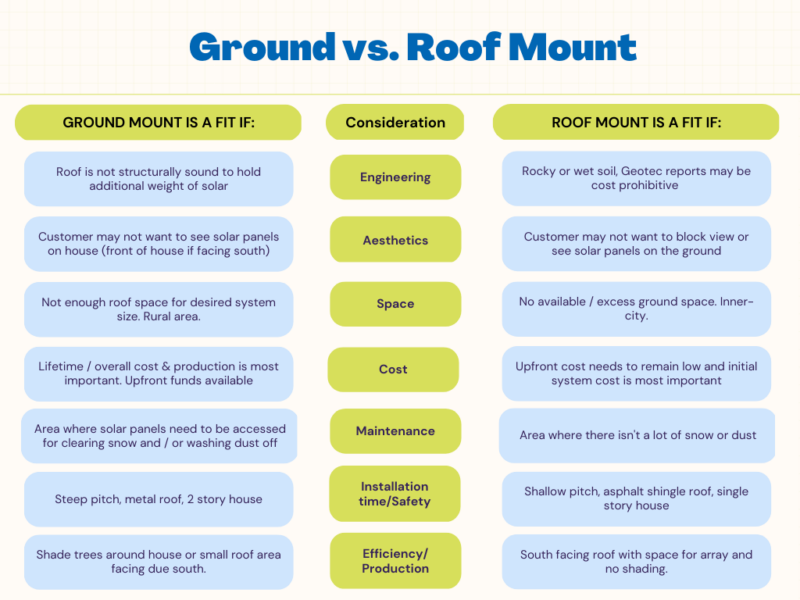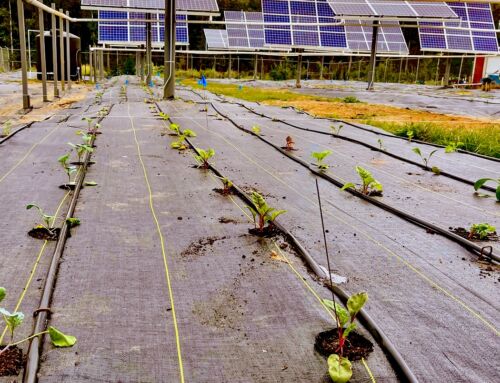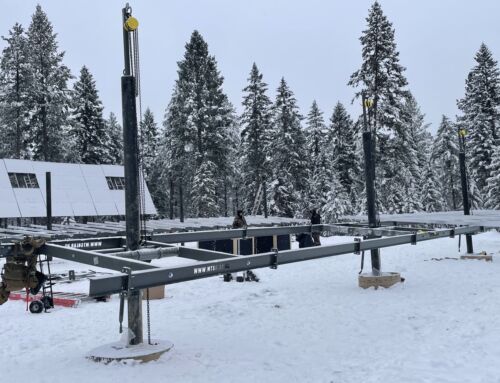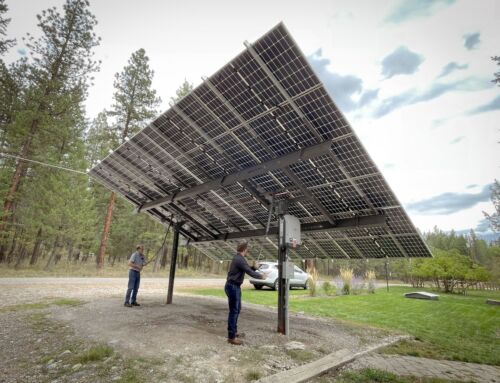When you’re starting a new solar installation project, your customer may have a lot of questions. Things like cost, efficiency, aesthetics, installation requirements, and permitting probably come to mind. The answer to those questions should lead to a racking solution on the ground with a pole mount, or on the roof.
At MT Solar, we design and manufacture mounting structures for solar modules and arrays of all sizes. Our team is dedicated to making the best pole mount solutions for installers and end users, which has been our driving force since day one.
We know that not every type of mount is right for every project, and we would never suggest a pole mount where it wouldn’t be the right fit. The goal of this article is to help you ensure you have the best understanding of which option is the right fit for your customers.
By the end of the article, you’ll have a clear understanding of the key considerations for roof and pole mounts, so that your customers are as well-informed as possible before the project begins.
We’ll be comparing roof and pole mounts based on:
- Space considerations
- Production Efficiency
- Cost
- Aesthetics
- Maintenance
- Safety
Comparing Pole-Mounted and Roof-Mounted Solar Arrays
Space Considerations
While there are no minimum space requirements when installing a ground mount, the benefits of the system are easier to achieve when you have more space. At MT Solar, for example, we offer small mounts for two to three modules, that allow you to get the benefits of solar in limited space.
A good rule of thumb is to determine size requirements on a case by case basis.
Production Efficiency
Your production efficiency is determined by the following factors:
- Location or placement of the modules
- Ability to adjust the arrays to maximize sun exposure
If your customer has a home that is heavily shaded or roof exposure is north facing, production efficiency will be less than ideal.
However, we know that every installation site is different. For example, if you are installing an array in a forested location mountainside, many of those off-grid systems don’t have utility power. There are also a lot of trees around, which installers can work around, however, those trees will give the house a lot of shading. So, as the installer, you want to get the array out where it’s going to get the best exposure.
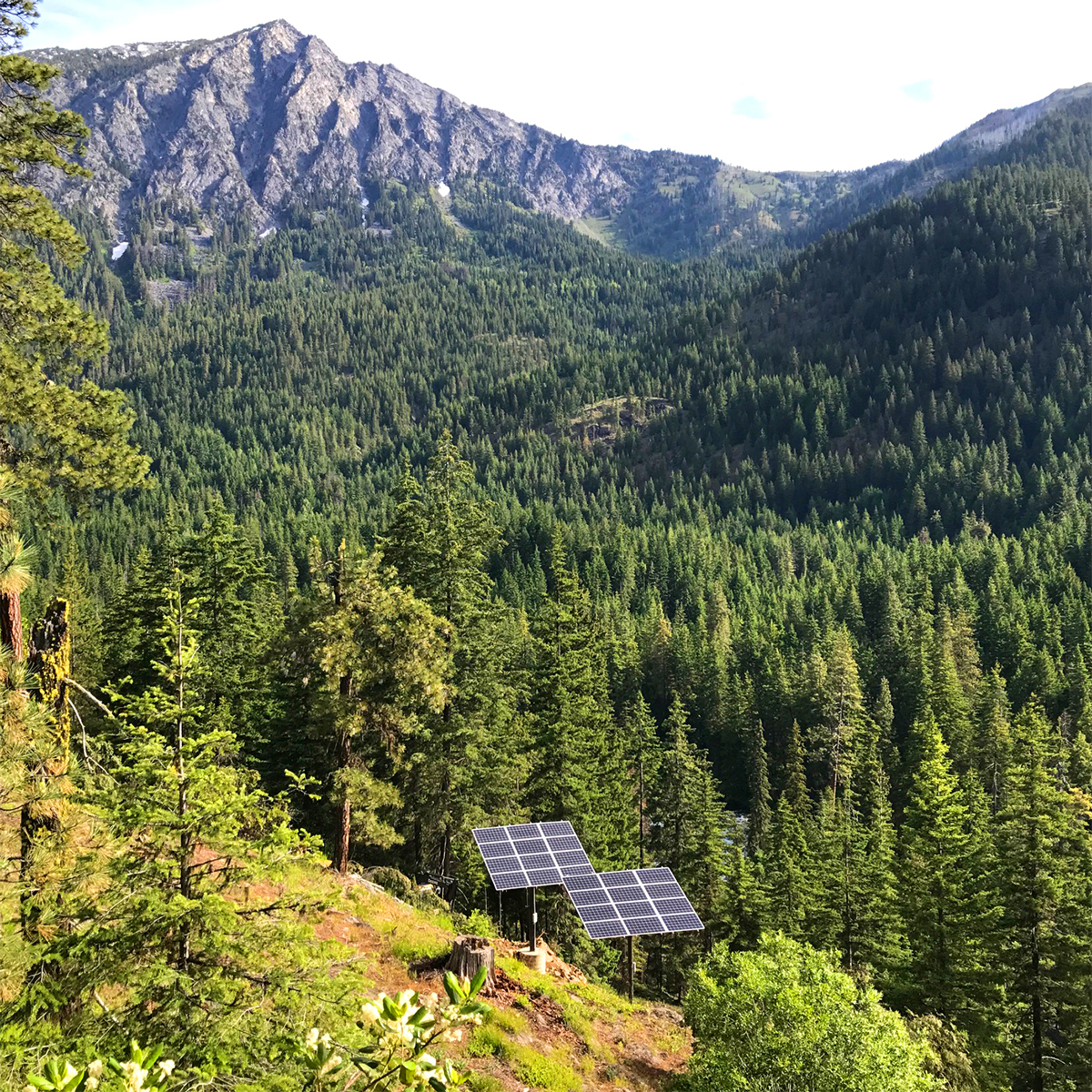
Harnessing the sun's power: Off-grid solar arrays on a mountainous terrain
The same is true for orientation: you will want all of your solar panels to face south, that’s ideal. That’s where you will get the most power out of them. You can do east and west on the roof, though you lose a little bit of efficiency there. But, if you don’t have any of those options, then you can put them on the ground. You can face them south. You can maximize your production that way.
Cost
It should come as no surprise that the upfront cost of a pole mount is typically higher.
Why? Because you’re accounting for the cost of excavating, trenching, pouring concrete, and the pipe or steel structure that’s going into the ground, all of which adds up to a higher cost upfront.
When it comes time to install, a pole-mounted structure requires a little more time for installation. Most of the time you’ll need to plan at least an extra day for excavation as compared to a roof-mounted system.
This is because, with a roof mount, the structure for the modules already exists, while the pole mount itself will need to be built. This includes time to prepare the ground, pour the concrete, and build the structure itself for the modules to sit on.
However, the lifetime cost of a pole mount system can be more cost-effective for your customers over time especially if you’re comparing it to a less-than-ideal roof setup, where there would be a lot of shading or the orientation of the roof access is not ideal. Depending on the setup and location, the customer will likely gain a percentage of output from their solar system just by putting it on the ground.
This means, when you look at the lifetime cost versus value, your customer’s return on investment will be greater over time.
So, while the upfront cost of a pole mount is almost always going to be higher than that of a roof mount, the long-term maintenance costs are lower because:
- Arrays can be set to the exact specifications of the customer, with the ideal tilt and orientation.
- The tilt can be changed throughout the year. This means that in the summer, when the sun is high up in the sky, arrays can have a more shallow tilt, allowing the customer to get more out of it. And in the winter, when the azimuth angle changes, they will have the ability to be perpendicular to the sun.
- By changing that tilt throughout the year, customers are getting the maximum value out of their system.
Another important consideration here is that adjusting tilt angle and cleaning can be done by the homeowner themselves. This means as an installer you can focus more of your time on selling and installations rather than making maintenance calls.
Aesthetic considerations
Because pole-mounted solar arrays are installed on poles of varying heights, they typically need some open space. These can be shade structures, like parking structures, or combined with crops and grazing animals.
Pole-mounted arrays are typically more visible than rooftop solar panels, which are installed on the tops of buildings. For some customers, these arrays may not be ideal because they are so visible, while other customers may have no problem with the appearance of pole mounts.
Finding the right fit in this instance comes down to the customer’s preferences and space availability.
Safety considerations
Safety is extremely important to everyone on the MT Solar team. We know that the vast majority of solar companies out there are extremely safe on the roof. Most solar installers do everything necessary to follow all the safety guidelines, and they’re harnessed and tied off while working on roofs. But, while making it as safe as possible, there is always an increased risk of error and injury when you’re on top of a roof rather than on the ground.
Pole mounts are usually much safer for installers since they are assembled on the ground. This means that everything can be done right at waist level, making it less physically taxing as well. Rooftop installers carry panels one by one up a ladder, which can get pretty taxing even for experienced builders.
Thanks to our proprietary hoisting system, installers are safely and comfortably able to install racking, modules, and wiring around the poles at waist level. Once complete, the entire array can be hoisted to the top of the pole with a chain hoist and secured in place.
As many of our installers in the Northern half of the country know, there is a seasonal slow-down in winter for the solar industry. Rooftops can be inaccessible or unsafe for several months of the year due to ice and snow. Our pole mounts offer another option to keep projects moving through the entire year.
Maintenance
While solar arrays can be considered a “set them and forget them” investment, there are a few maintenance considerations to take into account as well. The most important thing is keeping the panels clean and clear, so they can absorb as much sunlight as possible.
This means keeping them free of things like dirt, dust, and snow.
The benefit of a pole mount, in this case, is that they’re easy to tilt and manipulate to be cleaned or cleared of snow, while a roof-mounted solar system would require climbing onto the roof of the home once they’re installed.
Tilting and manipulating the arrays can be handled in less than an hour by the homeowner with a ground mount system whereas any maintenance work on the roof would require your time as an installer to handle.
Installation time
Overall, the time it takes to put the actual solar modules down can vary quite a bit, just based on the roof and on the pole mount. If you’re working on the ground, you know what you’re getting into, and you’re able to reach everything and access everything from the ground, which can also make the build go faster. Especially if you are able to set up the modules at waist height and hoist up the system from the ground.
With the pole mount, you also have to factor in the time it’s going to take to build that structure. For a residential scale build, we usually recommend accounting for one added day to excavate, get the pole set in place, and pour the concrete, which means there’s a little more time upfront to get that part of it done.
Finally, when you’re comparing installation time, the time it takes to get solar modules laid down on the roof of a residential home can also depend on what the roof is like. So, if it’s a shallow pitch, asphalt shingle roof, your installation time is going to be short. Builders can get up on the roof, lay the solar modules down, and get out of there. However, If you’re dealing with a steep metal roof, that might require bringing in equipment to the site just to lift your solar modules up, which could increase the time needed.
Pole Mounts vs. Roof Mounts: Which is Right For Your Project?
There’s definitely no “one size fits all” when it comes to building a solar array system.
However, if your customer has the space, then a pole mount might be the best choice for the project.
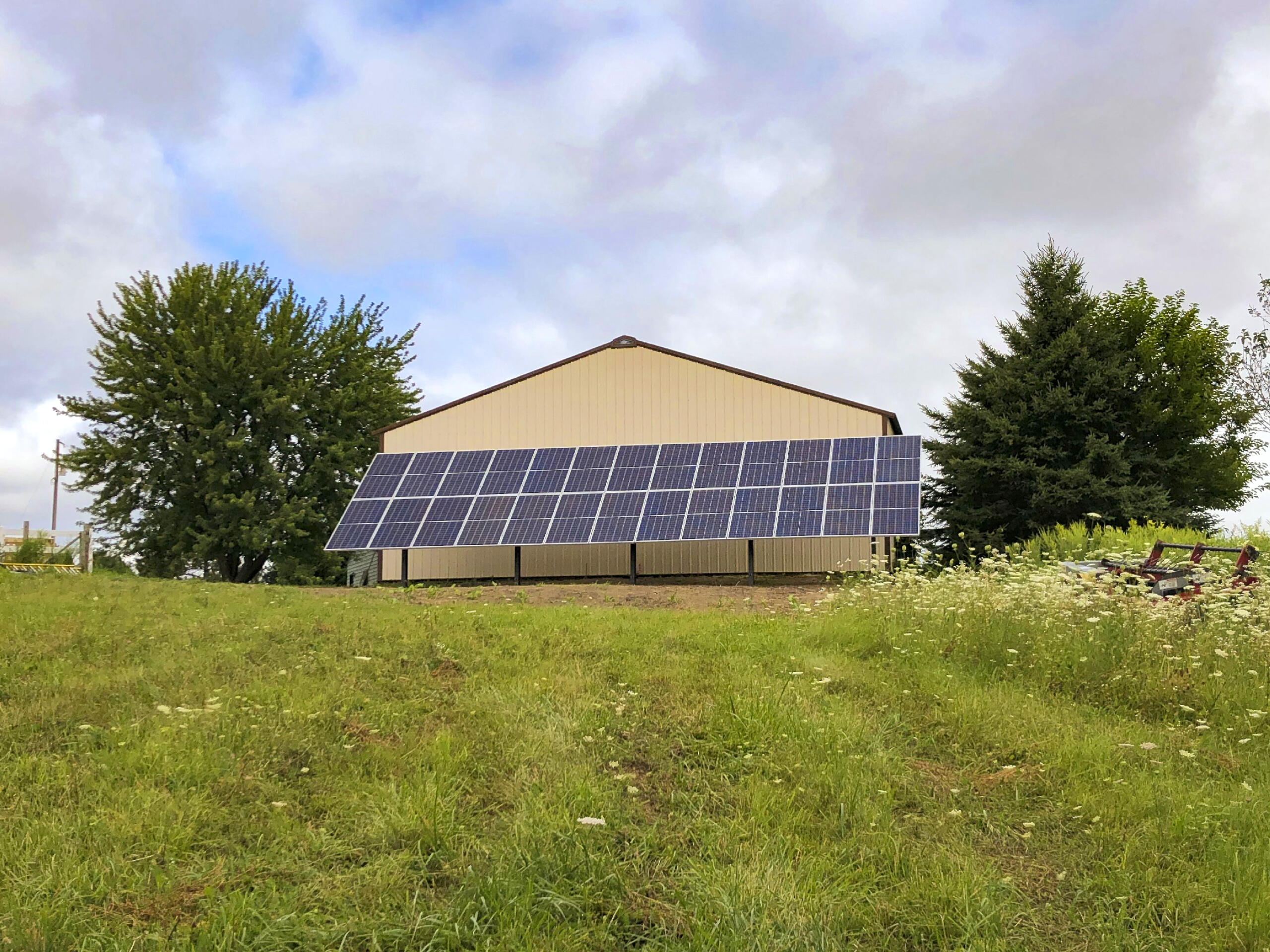
If they’re in a more populated area with less sunlight and/or ground space to work with, or they don’t prefer the look of pole mounts, then a roof mount would be the right fit.
Also, if the customer knows their roof is going to need replacing within five years, they likely should not invest the time and money necessary to install solar arrays on a roof that will soon need to be removed and rebuilt, as they’d be doubling the cost.
If you’re ready to see what type of solar installation might work best for your next project, we invite you to use our Design Assistance Form, which will walk you through all of the details of your project, so that we can get a better understanding and provide you with a quote.

